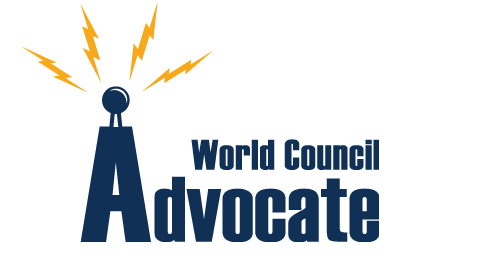IMF and World Bank Release Draft Framework for ML/TF Risk Assessment of a Remittance Corridor
2021-12-14The International Monetary Fund (IMF) and World Bank released a Draft Framework for Money Laundering and Terrorist Financing Risk Assessment of a Remittance Corridor, consisting of methodologies with the potential of identifying these corridors as “safe remittance corridors”, which are not intended define an absence of risk but a lower risk level. The goal of the framework is to simplify AML/CFT measures in lower risk remittance transactions For example, If the corridor risk assessment identifies an overall lower level of ML/TF risk, it can be treated as a safe remittance corridor and receive less stringent regulation such as simplified customer due diligence (CDD).
The draft framework serves as “a contribution to the FSB’s Roadmap for Enhancing Cross-Border Payments that was endorsed by G20 Leaders in 2020 and that aims to achieve faster, cheaper, more transparent, and more inclusive cross-border payment services.” The framework also addresses global correspondents’ tendency to terminate and restrict certain entities, as well as the use of de-risking to avoid instead of manage ML/TF. Credit unions have been increasingly subject to this treatment and World Council has consistently advocated for regulators to address the issue of de-risking. In response to the IMF-World Bank draft framework, the Financial Stability Board stated that, “The identification of safe remittance corridors based on a robust corridor risk assessment CRA can reconcile two important policy goals in relation to remittances: first, to support poverty alleviation and economic growth in low-income countries by safeguarding cost-effective transfer mechanisms; and second, to minimize the risk that these mechanisms will be used for criminal or terrorist purposes.”
More information on the IMF-World Bank draft framework is available here.

